The Aljarafe region, located in the westernmost part of the province of Seville, comprises 24 towns. Despite its rapid growth in recent decades, the region still preserves its roots and traditions. Inhabited since ancient times, it has a rich architectural heritage from its historical past.
These ‘highlands’, as the Arabs called them, are today the most densely populated towns in the province of Seville and have become commuter towns due to their proximity to Seville. The region has major industrial estates, many shopping centres and large residential areas.
Come and visit the famous Mosto Route to learn about this region’s winemaking tradition. Visit the impressive olive-producing haciendas to see where many of the towns originated. Try the local cuisine and be sure to sample the delicious table olives. Enjoy the outdoors in the Guadiamar Green Corridor. Last but not least, experience the local festivals, including the pilgrimage to the shrine of El Rocío.
Climate
The climate is subtropical Mediterranean, with mild temperatures. Due to the altitude, it is slightly milder than in Seville.
Surroundings
The Aljarafe region is located in western Seville. It is characterised by its rolling hills, through which the Guadiamar Green Corridor, a Protected Landscape Area, runs.
Getting to Aljarafe
The A-49 motorway crosses the Aljarafe region, connecting this part of Seville with the province of Huelva.
The C5 Cercanías Renfe line connects a number of towns in Ajarafe with Seville by train. These towns are Benacazón, Camas, Carrión de los Céspedes, Salteras, Sanlúcar la Mayor, Valencina, Santiponce, Villanueva del Ariscal and Olivares.
Seville’s Metropolitan Transport Consortium also runs different bus routes from Seville to the towns in Aljarafe. A circular bus route also connects the towns of San Juan de Aznalfarache, Mairena del Aljarafe, Bormujos, Castilleja de la Cuesta and Tomares.
Getting around
Discover the Aljarafe region by taking the C5 Cercanías Renfe line that connects the following train stations: Seville Santa Justa, Seville San Bernardo, Benacazón, Camas, Carrión de los Céspedes, Salteras, Sanlúcar la Mayor, Valencina-Santiponce and Villanueva del Ariscal-Olivares.
Seville’s Transport Consortium also runs a circular bus route through the towns of San Juan de Aznalfarache, Mairena del Aljarafe, Bormujos, Castilleja de la Cuesta and Tomares.
If you are looking to be more active, this region has different natural routes that you can follow on foot or horse, or by bike. The Guadiamar Green Corridor is the perfect place for hiking and cycling enthusiasts. If you are feeling adventurous, several companies offer experiences such as paramotoring, air balloon rides, as well as climbing and rafting, etc.
Reasons to visit
- Discover Aljarafe’s prehistoric past by visiting the La Pastora and Matarrubilla Dolmens in Valencina de la Concepción. You will be impressed by the archaeological heritage of the Ibero-Roman city of Laelia in Olivares and the spectacular Roman city of Italica in Santiponce. Discover 'the Hidden Pearl of Aljarafe' in Benacazón and visit Nuestra Señora de la Consolación Church in Umbrete, known as 'the Cathedral of Aljarafe'. These are just some of the gems of this region’s heritage.
- Follow the Mosto Route and try this traditional Aljarafe wine in the centuries-old wineries and taverns. You can see this winemaking tradition for yourself at the Fiesta del Mosto y la Aceituna Fina in Umbrete or the Grape Harvest Festival in Villanueva del Ariscal, declared an event of National Tourist Interest.
- Enjoy the delicious cuisine of the towns in the Aljarafe, and try typical dishes such as menudo, carrillada, caldereta, cola de toro and tostón de sardinas.
- If you want to explore Seville’s Rice Route, visit San Juan de Aznalfarache, renowned for its delicious seafood rice, or Palomares del Río, famous for its traditional arroz caldoso con pollo de campo.
- Experience the devotion to Our Lady of El Rocío in the Aljarafe region. Many towns come together for the pilgrimage to the village of El Rocío in May, a major local event. The day when the horses and carts set off in Gines has been declared an event of National Tourist Interest. Also declared of National Tourist Interest is the event held in September called ‘Una pará en Gines’, which celebrates this town’s devotion to the Virgin del Rocío.
- Flamenco is a deep-rooted tradition in Seville’s Aljarafe and is celebrated with many events and concerts. Do not miss the Festival Ciudad de Tomares, which has been held for over 40 years. There are also festivals dedicated to discovering young talents, such as the autumn competitions held in Mairena del Aljarafe and Gines.
- Bullfighting tradition is also an essential part of the culture in Aljarafe. Head to Espartinas, the birthplace of great bullfighters, to visit its Bullfighting School, Bullfighting Club and Plaza de Toros. The taverns in La Pañoleta de Camas are also popular meeting points for bullfighting enthusiasts and artists.
- If you want to make the most of the natural surroundings, go hiking, cycling or horse riding along the Guadiamar Green Corridor’s designated path. Relax in the various parks in Tomares, Andalusia’s greenest town, or have a lovely picnic at Mairena del Aljarafe’s Porzuna Peri-urban Park.
- Are you into sports? Make a note of the various competitions that take place in the towns in Aljarafe. The Cross Internacional de Itálica is the most popular event and takes place in Santiponce.
What to see
This region is brimming with great architectural and archaeological gems. Some of the most important sites are the Archaeological Remains of Italica in Santiponce and the Ibero-Roman city of Laelia in Olivares.
Explore Aljarafe’s pre-Roman past by visiting El Señorío Dolmen in Castilleja de Guzmán, the Osset Archaeological Site in San Juan de Aznalfarache and the La Pastora and Matarrubilla Dolmens in Valencina de la Concepción. The architecture of the latter is unlike anything else you will see in the Iberian Peninsula.
During the Muslim era, this region had many significant farmsteads and olive-growing haciendas, some of which are still preserved. Many of today’s towns originated there, and several towns in the region offer tours to explore these rural buildings. Remains of this historical period can also be found in Palomares del Río, where the best-preserved Arab Baths in the province are located. You can still see remains of the Almohad wall in San Juan de Aznalfarache, declared a Site of Cultural Interest.
However, the best-preserved monument from Aljarafe’s Arab past is undoubtedly the Mudejar Shrine of Castilleja de Talhara in Benacazón. It is popularly known as ‘the Hidden Pearl of Aljarafe’, as few are aware of its existence. However, the same cannot be said of the most revered monument, the Sanctuary of La Virgen de Loreto, in Espartinas. This image is considered the patron saint of Aljarafe.
Do not miss the Count-Duke of Olivares Route, found in the town that bears his surname. Olivares’ town centre has been declared a Historic-Artistic Site and is an excellent example of Sevillian baroque architecture.
Four baroque paintings by Francisco de Zurbarán have been curated in Bollullos de la Mitación. These unique works can be found inside San Martín de Tours Church. However, the prime example of baroque art in the region is Nuestra Señora de la Consolación Church. This temple is located in Umbrete and is known as ‘the Cathedral of Aljarafe’.
Last but not least, enjoy the best views of Seville from the Monument Site to the Sacred Heart of Jesus in San Juan de Aznalfarache. Stroll around the beautiful Jardines Históricos de Forestier in Castilleja de Guzmán and end your visit at the largest solar power plant in Europe, located in the ‘City of the Sun’, Sanlúcar la Mayor.
Places to visit
- Mosto Route
- Rice Route
- Archaeological Remains of Italica (Santiponce)
- Ibero-Roman city of Laelia (Olivares)
- Osset Archaeological Interpretation Centre and Almohad wall (San Juan de Aznalfarache)
- La Pastora and Matarrubilla Dolmens (Valencina de la Concepción)
- Shrine of Castilleja de Talhara, 'the Hidden Pearl of Aljarafe' (Benacazón)
- Count-Duke of Olivares Route (Olivares)
- Nuestra Señora de la Consolación Church, 'the Cathedral of Aljarafe' (Umbrete)
- Sanctuary of la Virgen de Loreto, 'Patron saint of Aljarafe' (Espartinas)
- San Martín de Tours Church (Bollullos de la Mitación)
- Monument Site to the Sacred Heart of Jesus (San Juan de Aznalfarache)
- Forestier Gardens (Castilleja de Guzmán)
- Centuries-old wineries and taverns (Villanueva del Ariscal)
- Plaza de Toros, Bullfighting School and Espartinas Bullfighting Club (Espartinas)
- Abengoa solar power plant, the largest in Europe (Sanlúcar la Mayor)
- Porcuna Peri-urban Park (Mairena del Aljarafe)
- Guadiamar Green Corridor


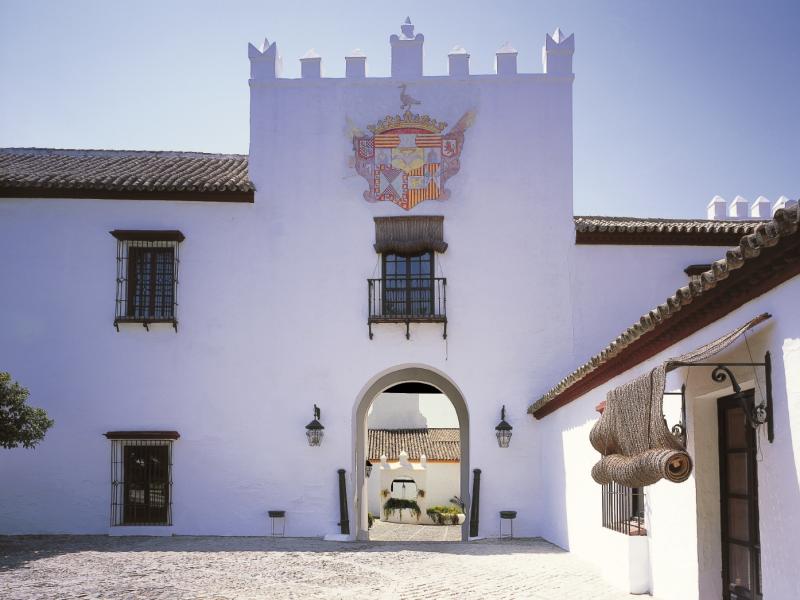
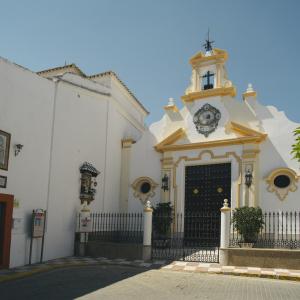
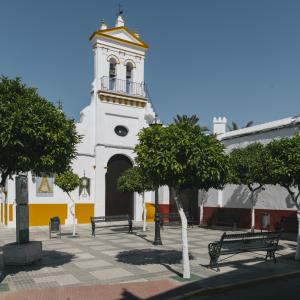
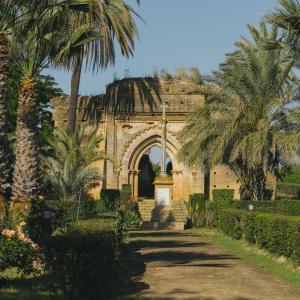
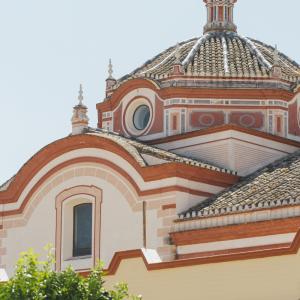
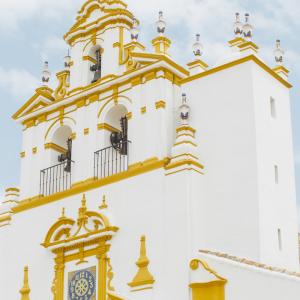
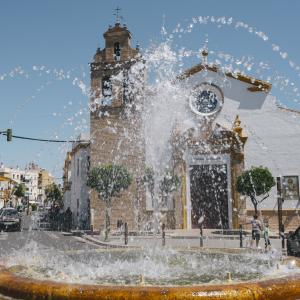
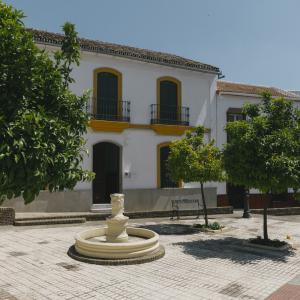
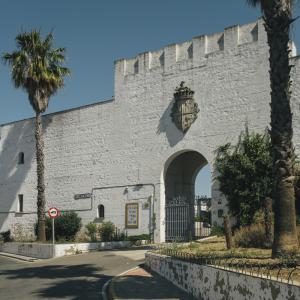
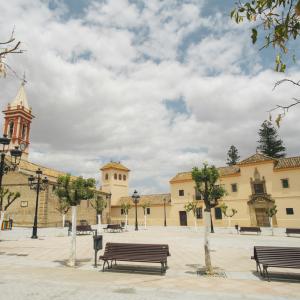
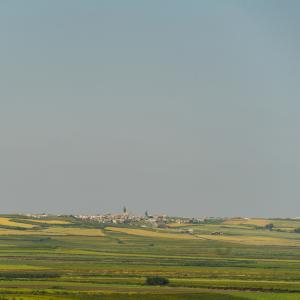
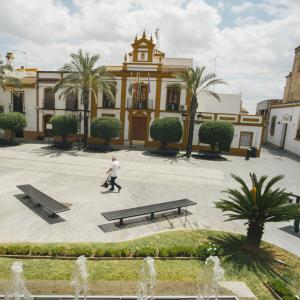
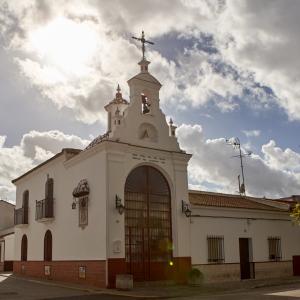
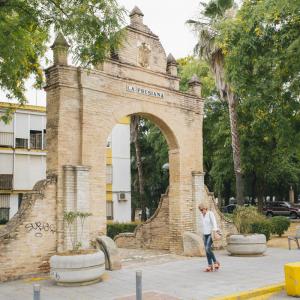
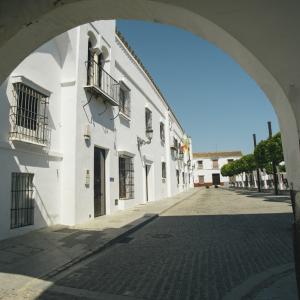
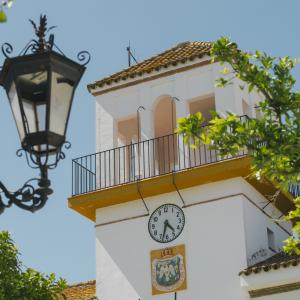
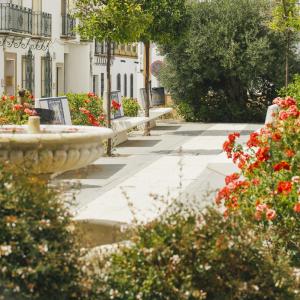
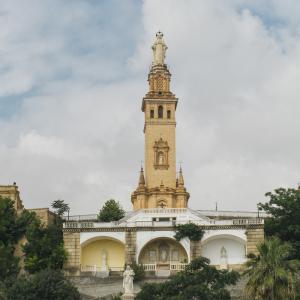
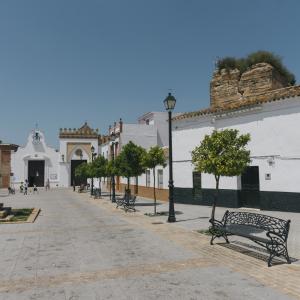
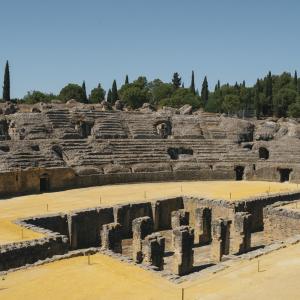
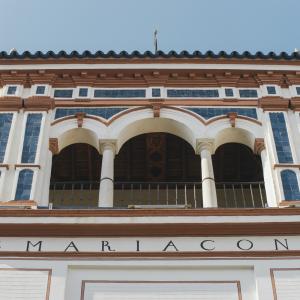
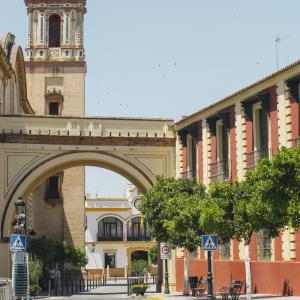
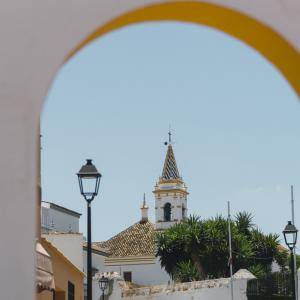
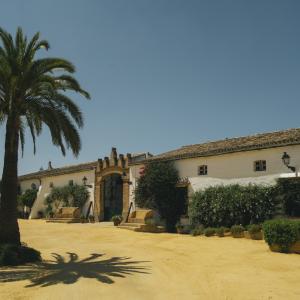
0 comments
New comment
The comments are moderated, so it takes a while to appear. If they contain offensive language they will not be published.